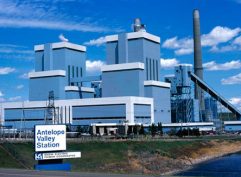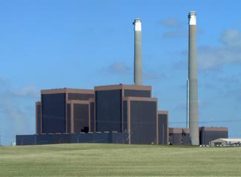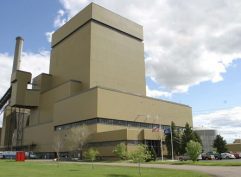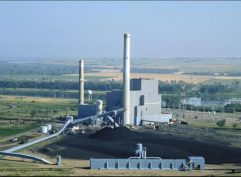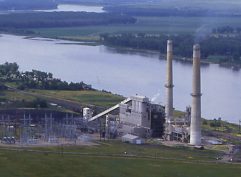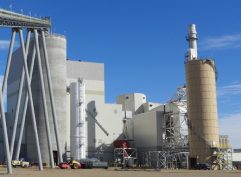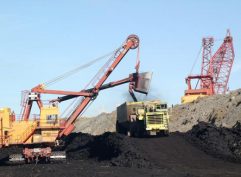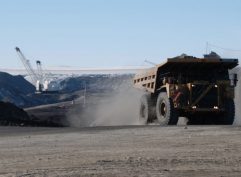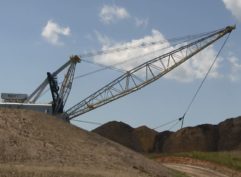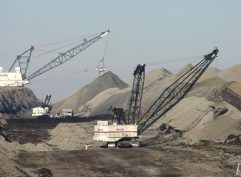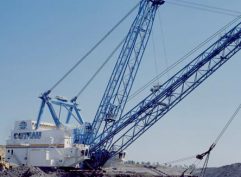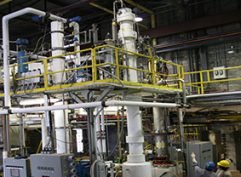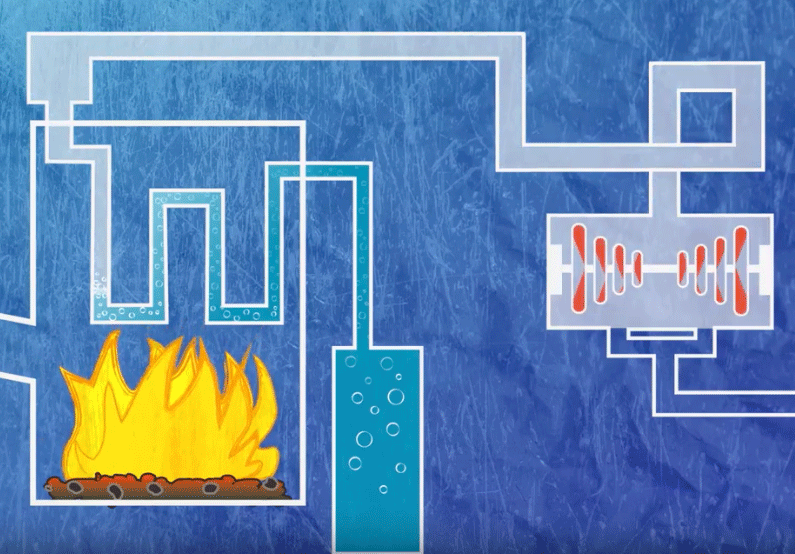Oliver County edges out oil counties for highest wages in 2016
 Sparsely populated Oliver County had the highest average wages of any county in North Dakota in 2016, according to statistics from the North Dakota Job Service. Average wages in Oliver County were $71,719, which nudged out second place McKenzie County with $70,061.
Sparsely populated Oliver County had the highest average wages of any county in North Dakota in 2016, according to statistics from the North Dakota Job Service. Average wages in Oliver County were $71,719, which nudged out second place McKenzie County with $70,061.
From 1993 until 2010, Oliver County consistently had the highest average wages in North Dakota – thanks primarily to the jobs at BNI Coal’s Center Mine and the Milton R. Young Station, operated by Minnkota Power Cooperative.
Average wages in North Dakota fell for the second year in a row in 2016 reflecting the downturn in the number of oil-related jobs. The average wage in North Dakota in 2016 was $48,891, down from $50,696 in 2015, according to statistics from the North Dakota Job Service.
The top 10 counties for highest average wages all came from areas know for energy development. After first place Oliver County and second place McKenzie were the following: Williams at $69,997, Mercer at $68,981, Dunn at $65,006, Mountrail at $62,999, Stark at $56,015, Slope at $54,460, McLean at $53,242 and Burke at $53,242. Job Service North Dakota compiles the list of average wages by counties annually.
“The 2016 data from Job Service shows the strong influence energy production continues to have on North Dakota’s economy,” said Steve Van Dyke, vice president of communications for the Lignite Energy Council. “While the oil industry’s impact on wages has decreased in the last couple of years, the number of employees in the lignite industry has remained steady and these jobs at the mines and plants reflect some of the highest wages in the state as they produce low-cost, reliable electricity for approximately 2 million customers in the Upper Midwest.”
Mercer County – home to three coal mines and three power plants along with the gasification plant – saw average wages increase from $67,113 in 2015 to $68,981 last year. Likewise, McLean County, which has the Falkirk Mine and Coal Creek Station, the state’s largest power plant, saw average wages increase from $51,119 in 2015 to $53,242 in 2016. Ironically, average wages in Oliver County actually decreased from $76,712 in 2015 to $71,719 in 2016.
“Because of the state’s lignite industry, North Dakotans have a reliable and affordable supply of electricity and the state benefits from the industry’s high paying jobs,” said Jason Bohrer, president of the Lignite Energy Council. “The industry has been a stable, mainstay in the state since the mid-1980s when several of the largest lignite-based power plants were built and began operating.”
In total, 10 counties had average wages above the state average in 2016. All of them either had coal or petroleum industries to support the higher wages. “North Dakota’s economy has benefited from the state’s all-of-the-above energy policy, which includes traditional energy sources such as oil, coal and natural gas along with renewable sources such as wind farms and ethanol plants,” Bohrer added.
He noted that North Dakota’s government has been proactive in advocating for policies that support a growing energy economy. The Empower Commission was established to bring all facets of the energy industry together to fashion public policy that benefits all energy sources instead of picking winners and losers.
“North Dakota stands as a model to the nation about how energy policy should be developed,” he said.
The Lignite Energy Council is a regional trade association representing North Dakota lignite producers, electric utilities and more than 300 businesses providing goods and services to the mines and plants. The lignite industry generates approximately $3.5 billion in gross business volume within the state.


